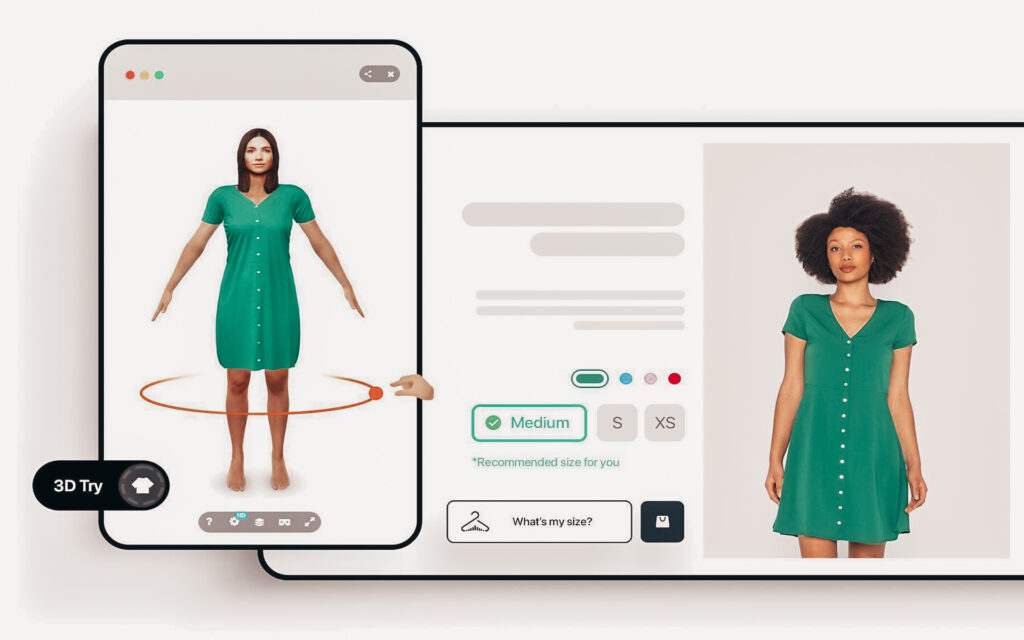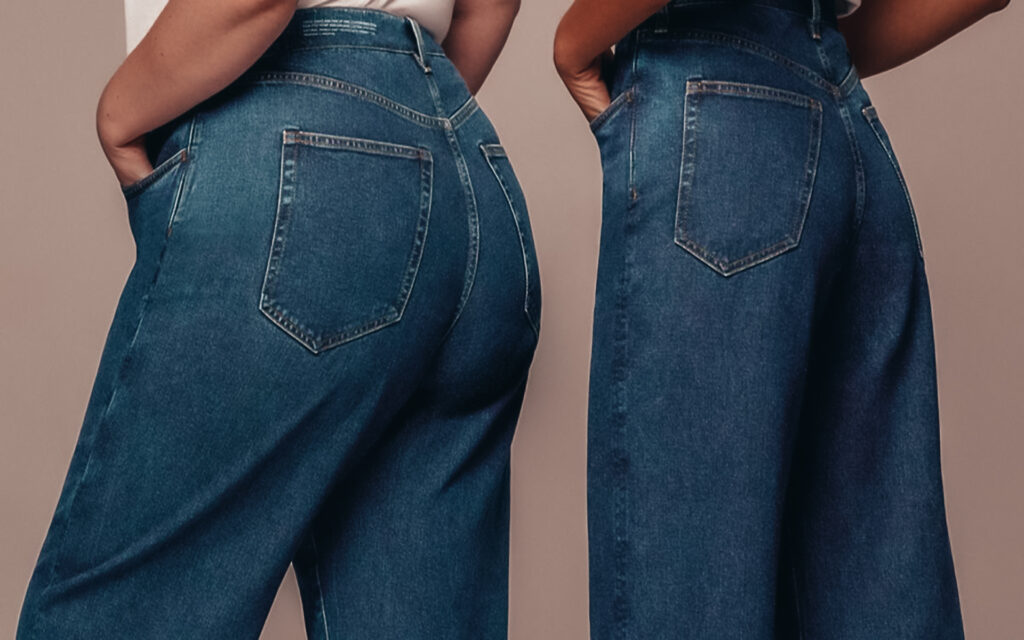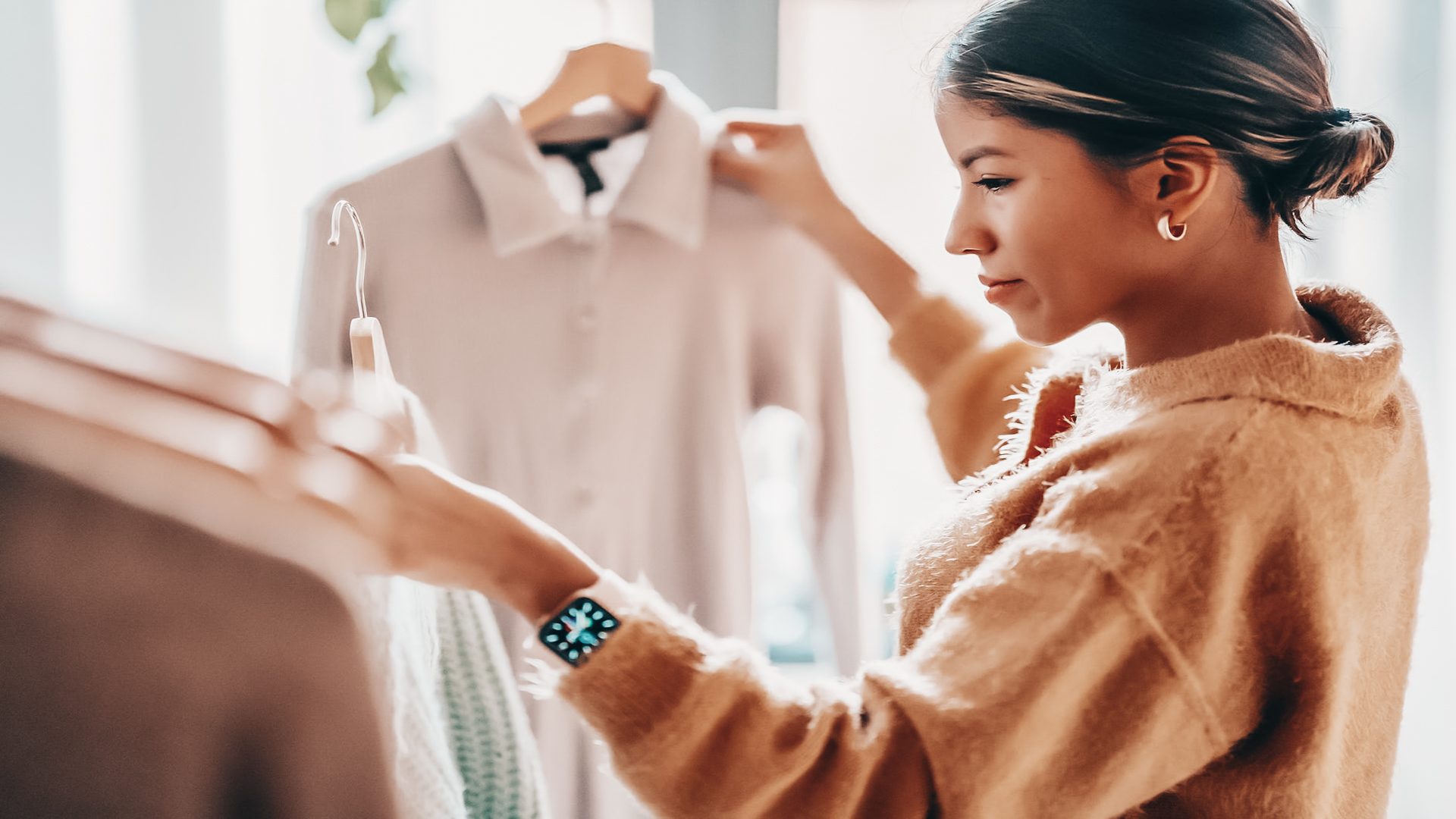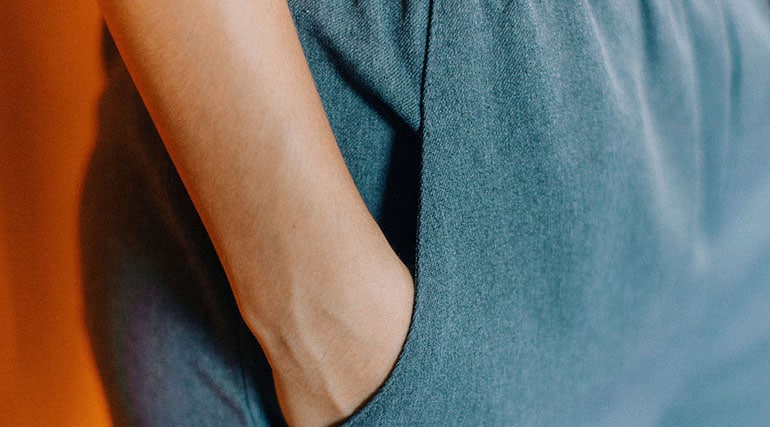The complexity of dealing with returns raises concerns for retailers yearly. Retailers are looking for alternative solutions to facilitate buying and returning. They are accomplishing the reduction of bulk buying and returns by using new technologies suggested by practitioners.
The CEO of Optoro, a reverse logistics company, stated that
the number of returns is set to reach a high of a trillion dollars yearly in the coming years.
5-10 percent of in-store purchases and 15-40 percent of online purchases are returned. Most of the time, returned products are too expensive to be stored again and end up in landfills.

3 Steps to Reduce Bulk Buying and Returns
- 3D Body Scanning
- Virtual Dressing
- On-demand Design and Manufacturing
3D Body Scanning
College of Human Ecology Department of Human-Centered Design started developing 3D technology to help improve experiences and diminish this problem. By enhancing the garment’s design and fit, a gradual decrease in returns is inevitable.
Optoro provides 3D body-scanning solutions for retailers. Sizing standards are continuously inconsistent, and brands are now resorting to 3D body scanning.
Process of 3D body scanning:
- brands provide accurate measurement data of products
- customers scan their bodies
- receive personalized size recommendations or custom-fit products from brands
Modern iPhones include sensors to scan accurately the user’s height and build. By using a 3D scanning app, online shoppers can get the specifications of body parts with accurate measurements. Utilizing this data will custom products at a lower cost.
Virtual Dressing
Customers frequently use “bracketing” for the same product to keep only one. Some suggestions to ensure a better fit: create a “real-fit” guide. Consumers can’t rely on numbers to determine what will fit them well.
Using augmented reality technology to help customers see how the product will look on them, they offer customers the option of a virtual dressing room will help assess how a piece might look on them.
Nike, Walmart, and Amazon are investing in virtual fit technology. This allows customers to see how products would look on their bodies. Nike’s Virtual View enables customers to select a clothing product and see how it would appear on an avatar.
Consumers that use AR technology are 40% less likely to return their purchases.

On-Demand Design and Manufacturing
Overproduction is fashion’s major environmental issue, and on-demand manufacturing companies believe they can help solve it. Careste is collaborating with The Yes to bring its digital, zero-inventory model to the luxury market.
Unspun, a startup, announced a partnership with Weekday in April to offer Body Scan Jeans in its Stockholm store. Brands with demand-driven manufacturing claim to be able to eliminate unreliable forecasting models. They argue that only producing a garment after purchase eliminates demand guesswork, reducing waste in the fashion supply chain. A significant change in waste reduction requires an overhaul of fashion’s traditional business model. Its success as a sustainability solution depends on whether or not the industry adopts the technology at scale.
Lynda Grose, co-founder of the Union of Concerned Researchers in Fashion, believes that
When you partner with a larger company, you have the opportunity to influence the larger model, and that is a good thing.
Vogue Business
The model of on-demand
Unspun has been selling as a direct-to-consumer denim brand. Grose believes the Unspun model has the potential to change sizing norms. She claims that standard-size offerings are not accommodating or flattering for many women. This leaves them feeling there’s something wrong with their bodies.

Will this model impact all other products retail partners sell, including details about how they’re produced and in what quantities?
Careste claims the company has a blueprint others can follow that works within an established brand to maximize impact. Luxury brands are in a better position, given its philosophy “buy less, buy better.”
According to Leslie Harwell, Co-Founder and General Partner at Alante Capital, one requirement is the development of infrastructure that can accommodate smaller purchase orders. This will help optimize batch sizes and production locations based on real-time demand. She stated,
That is critical in addressing the overproduction issue, and Careste is part of a larger solution on this spectrum of customized on-demand to dynamic, demand-driven manufacturing.
Vogue Business
On-demand manufacturing is not yet upending the fashion industry. These companies are laying the groundwork for the future that fortunately is progressing at good speed now.





